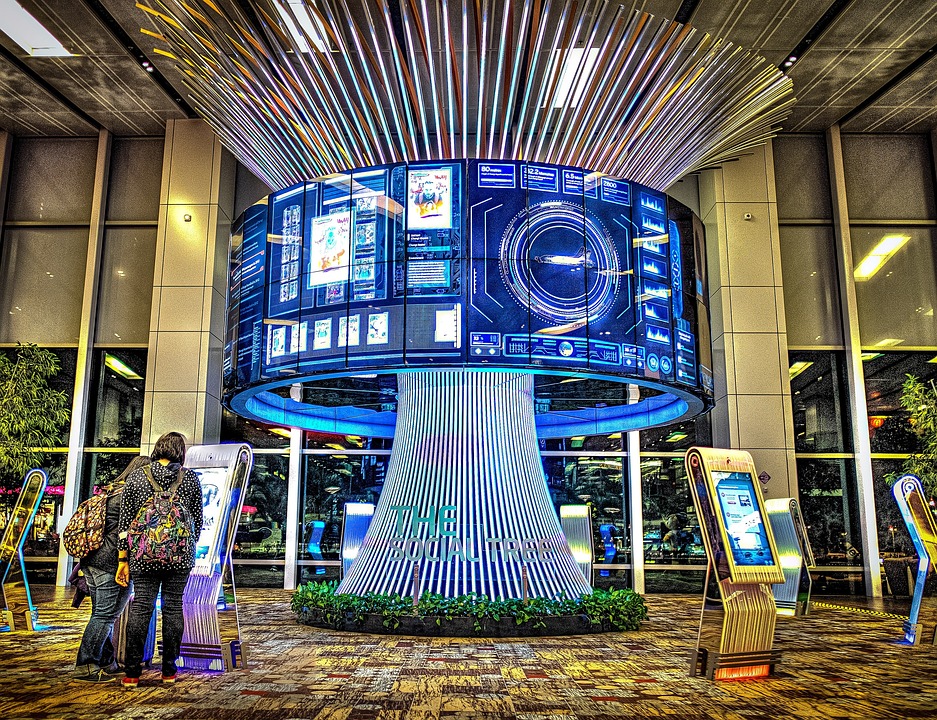
Does AI in tourism have unlimited possibilities?
Does AI in tourism have unlimited possibilities? Are all possibilities positive? Will there be a new level of crime, automation and robots displace workers and ICT has stifled human interaction? Are we ending up in a circle of choises or does this lead us to pilgrimage unknown paths? Have hardcore tourist ended up to be […]

How a starting tourism business creates customer value by adopting digital marketing technology?
How a new tourism business creates customer value by adopting digital marketing technology? Everybody is online today and everybody is expecting all the noteworthy and legitimate running businesses to be there as well. If the consumer can not find your online presence the chances are your business goes unnoticed. Even worse it builds an image […]